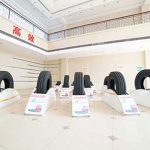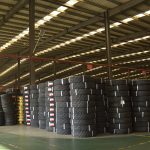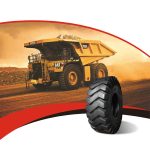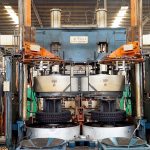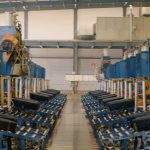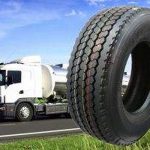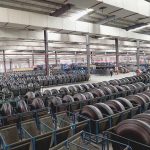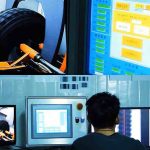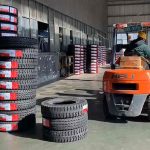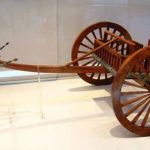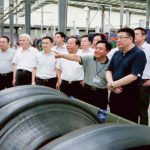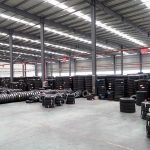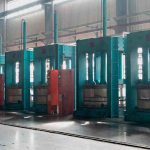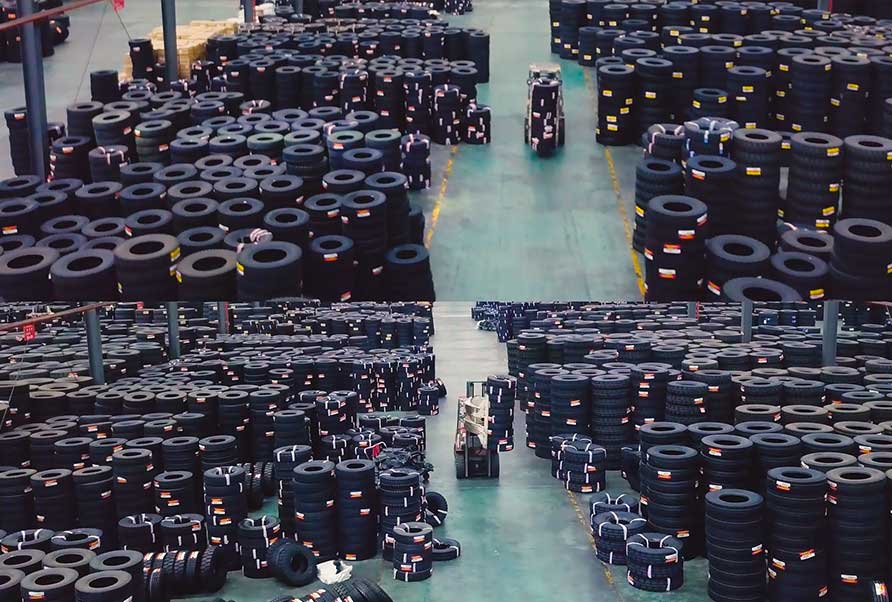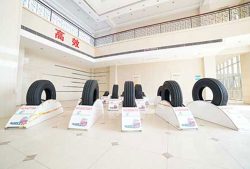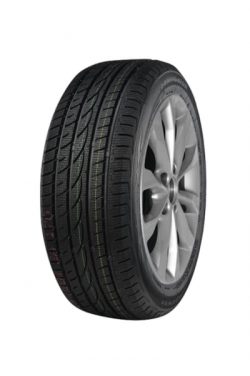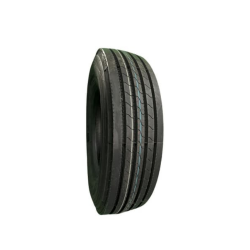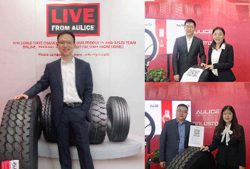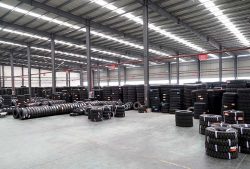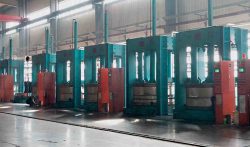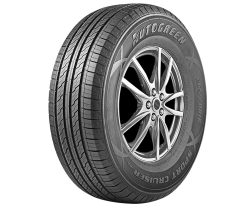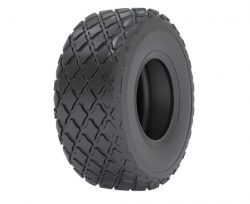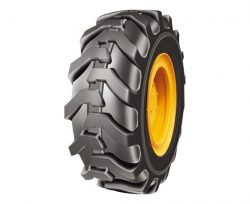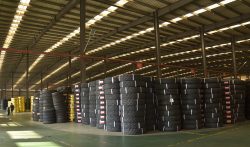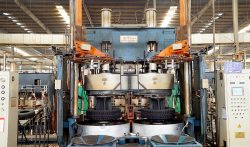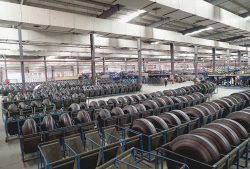Analysis of Tire Construction
The tire is the only part of a vehicle that is in contract with the road, and it must keep balance between traction, comfort, durability, energy saving and total cost. In order to satisfy those conflicting needs simultaneously, the design and manufacture of a tire may be much more complex than expected. Today, let’s talk about the tire construction from outside to inside.
1. Tread
Tread, also called tire crown, is the outermost layer of a tire and is the most closely contacted part between the tire and the ground. Therefore, the function of tread is to provide traction in various situation, and a tread must have the features of wear resistance, friction resistance and heat resistance.
2. Sidewall
The sidewall of a tire is a declaration of the tire, because the tire size, structure and other information can be shown on the sidewall label. Additionally, the sidewall is like the spine of a tire, preventing the tire against the effects such as shoulder crashing. Then, the sidewall is also the weakest part, so it should be repaired or replaced by a professional organization immediately if it’s damaged.
3. Steel Belt
Steel belt provides a rigid base for treads. We can credibly say that the resistance of the tire against the damage from stones and debris owes much to the steel belt, because it provides strength to counteract the centrifugal force and lateral force for the tire, affecting the service life, running speed and handling of a tire directly.
4. Carcass ply
The carcass ply is made of the rubber bonded by high-stength fabric fibers. It relates to the strength of the tire directly, and it’s also the final security barrier of the tire. Once the carcass ply is damaged, the tire must be replaced. The bulge is a common external manifestation of damage to the carcass ply.
5. Bead
The bead is made of the hang plastic wire threaded in a certain shape, which is used to fix the tire. It’s composed of the bead wire, bead chafer and other parts. Meanwhile, it can bear the tension caused by internal pressure and overcome the lateral force during turning, so the tire won’t be separated from the rim. Therefore, it must have a very high-strength structure, and it must be compact, solid and not liable to wrap.
6. Covering Layer
Covering layer is also called full cap ply, which is responsible for avoiding the displacement or detachment of the steel cord ply below during driving, ensuring the integrity and stability of the tire size while high speed running.
7. Buffer strip
The buffer strip protects the ply and prevents excessive friction between the steel cord ply and the carcass ply.
8. Inner Liner
The inner liner keeps the air tightness of a tire, maintains the normal tire pressure and stores the air, which is the equivalent of the inner tube of a bicycle.
9. Bead Filler
It’s the filler above the bead wire, and it can restrain the extended deformation of the tire caused by gravity, relieving the pressure of bead and preventing air leakage.
Different tire constructions play different roles, and once a structure fails, the quality of the tire will be threatened and the tire must be checked and “treated” as soon as possible by a professional organization. Otherwise, the performance of the tire will degrade significantly and the security won’t be guaranteed.
https://www.aulicetyre.com/analysis-of-tire-construction.html

